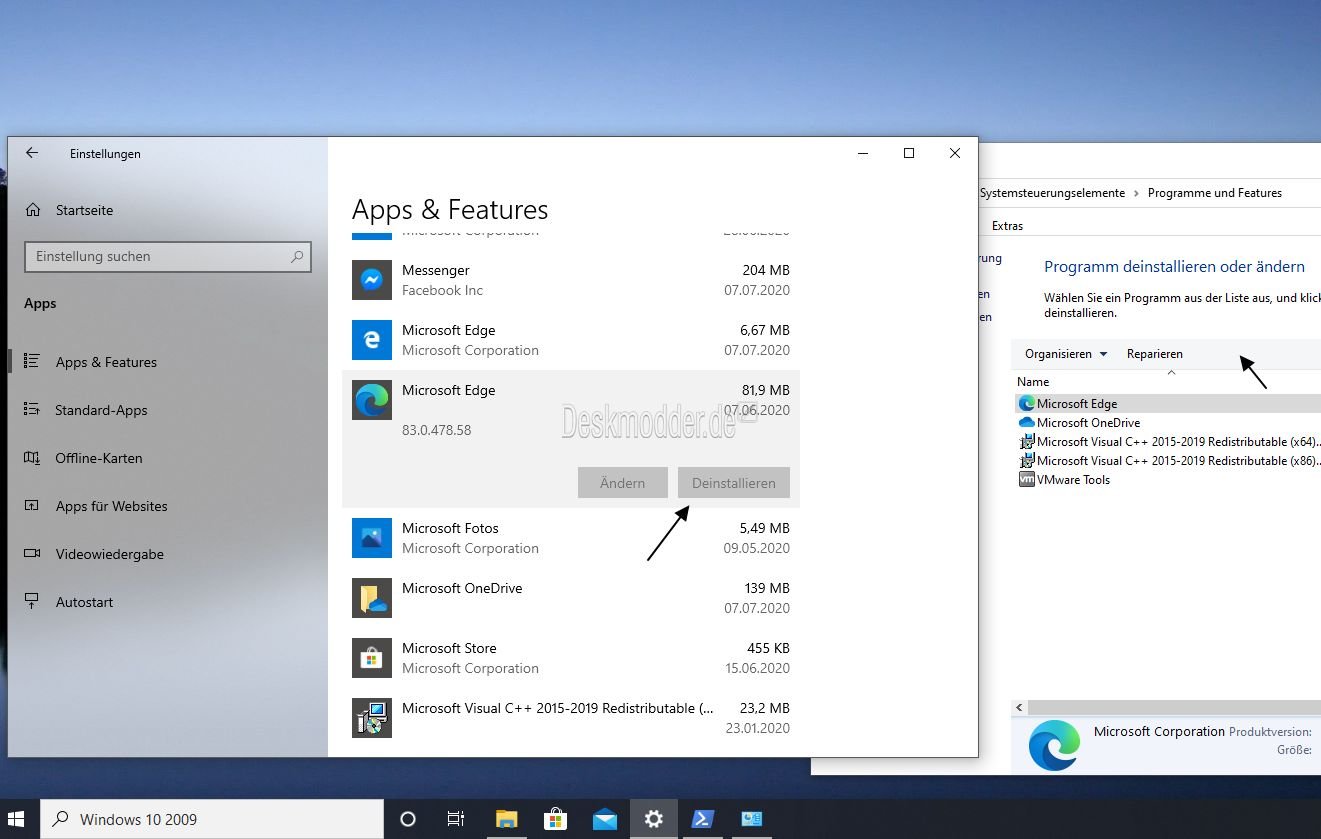Effective Ways to Cut an Onion Without Crying in 2025: Discover Proven Techniques!


Understanding the **Science Behind Onion Tears**
When it comes to **cutting onions** without crying, it's essential to comprehend the science behind what causes tears in the first place. Onions contain sulfur compounds that are released when you slice into their flesh. These compounds mix with enzymes, producing a gas called *propanethiol S-oxide*. As this gas reaches your eyes, it forms sulfuric acid, causing a stinging sensation that triggers tears. Understanding this reaction allows you to adopt various onion cutting techniques to minimize tears and enhance your **onion preparation skills**.
Choosing the Right Tools for Onion Cutting
The first step in onion cutting skills is selecting the right tools. A sharp knife can significantly reduce the amount of gas released, as it makes cleaner cuts. Using an **onion knife** specifically designed for cutting onions can also make a difference in both safety and efficiency. Moreover, using a good **cutting board for onions** provides a stable surface, further preventing mishaps that could release more onion juices. Ensuring your tools are regularly sharpened not only optimizes their performance but also helps in achieving precise cuts that are essential for ultimate onion flavor development in your cooking.
Alternative Techniques to Prevent Crying
There are various effective techniques designed to reduce the unpleasant experience of crying while cutting onions. Soaking the onions in water beforehand can dilute some of the sulfur compounds, making them less potent. Another popular method includes refrigerating onions for at least 30 minutes before chopping them; cool temperatures can inhibit the release of the gas. Additionally, utilizing **goggles when cutting onions** can provide a protective barrier between the eyes and the irritating gas. Each of these strategies can significantly enhance your **onion cutting experience**, making the process more enjoyable.
Mindfulness and Cognitive Techniques for Cutting Onions
Incorporating mindfulness—being fully present during the task—can help distract from the sensory effects of onions, making it easier to chop without tears. Practicing breathing techniques can alleviate emotional reactions linked to onion vapors. Focused breathing can create a calming effect that minimizes distress while performing **onion cutting methods**. Cognitive strategies involve addressing one’s emotional response to the onion; reframing these thoughts to view chopping onions as a practical skill, rather than an irritant, can create a more enjoyable culinary environment.
Popular Onion Cutting Techniques You Must Try
There are various **onion cutting techniques** that can make the whole experience simpler—and tear-free! Understanding these techniques not only allows for efficient cutting but can also preserve the flavor and texture of the onions you are preparing for various dishes.
The Onion Halving Technique
One of the simplest methods is the **cutting onion in half** technique. Begin by slicing the onion from top to bottom so you can use the half as a stable base for future cuts. This technique allows for better control and prevents the onion from rolling, leading to safer slicing. Create a series of vertical cuts before making horizontal slices to achieve perfectly diced onions that will elevate the flavor of any dish.
Chopping versus Dicing: What's the Difference?
Understanding the difference between chopping and dicing is key for **effective onion preparation**. Chopping generally produces larger pieces suited for roasting or stewing, while dicing results in smaller, uniform pieces ideal for salads or toppings. To achieve even diced onion size, start with the halving technique mentioned earlier. Ensure each cut is even, so the pieces cook uniformly. This precision can enhance **onion flavor enhancement** in recipes, impacting both texture and appearance.
Layering and Ring Techniques
For a visually striking presentation, consider the layering technique to create **onion rings preparation**. After halving the onion, peel off the layers and slice them to create rings. This methodology not only adds attractive texture to your dishes but also opens up creative culinary possibilities. Whether it’s for garnishing salads or topping burgers, knowing how to **slice onions** using this method can be a great addition to your **kitchen tips for onions**.
Storing and Preserving Chopped Onions
Successfully cut onions can also lead to leftover pieces, which is where effective storage methods come into play. Understanding how to store onions correctly can help extend their shelf life and minimize waste.
Proper Onion Storage Techniques
To maintain freshness, leftover onions should be stored in an airtight container. Storing chopped onions in this manner prevents the gas and smell from permeating your refrigerator. Additionally, making sure onions are completely dry before storing can inhibit bacterial growth, thereby keeping the context and texture intact. Refrigerating chopped onions is also beneficial, and they should be consumed within a week for best results. Knowing these **onion storage methods** can help your kitchen remain organized and efficient.
Using Dehydrated Onions for Herbs and Seasonings
If you often find yourself left with excess chopped onion, consider dehydrating them for later use as a seasoning. Dehydrated onions retain much of their flavor and can enhance your dishes without the accompanying mess and tears. Place sliced onions evenly on a dehydrating rack, and follow manufacturer instructions—this could open avenues for incorporating onions in dried form into various recipes, allowing for versatility in cooking.
Key Takeaways
- Sharp knives and proper tools significantly reduce tears when cutting onions.
- Cooling or soaking onions before preparation helps minimize gas release.
- Mindfulness techniques provide emotional support while chopping techniques enhance effectiveness.
- Different methodologies (e.g., halving, dicing) offer versatility for various culinary needs.
- Proper storage of chopped onions prevents waste and preserves freshness.
FAQ
1. What causes tears when cutting onions?
The tears when cutting onions are primarily caused by sulfur compounds released into the air. When you slice the onion, these compounds mix with enzymes, creating a gas that irritates your eyes, leading to tears. Understanding this can help you apply strategies like using a sharp knife to minimize gas release.
2. Do different onion varieties affect crying while cutting?
Yes, milder onion varieties, such as sweet onions, contain lower levels of sulfur compounds, which means they tend to produce less irritation. Choosing the right type of onion can make cutting them a more pleasant experience, resulting in fewer tears.
3. Are there any products that can help prevent crying when cutting onions?
There are specialized products like onion goggles designed to create a barrier between your eyes and the onion’s gases. Such tools are worth trying for those particularly sensitive to **onion vapors**, making slicing and dicing more enjoyable.
4. How long can chopped onions be stored safely in the refrigerator?
Chopped onions can generally be stored in the refrigerator for about 7-10 days in an airtight container. Ensure they are completely dry before storing to maintain quality and prevent spoilage.
5. What should I do with excess onions to avoid waste?
If you have surplus chopped onions, consider dehydrating them or storing them in an airtight container in the freezer. Dehydrated onions can retain their flavor and become a convenient seasoning in various dishes.
